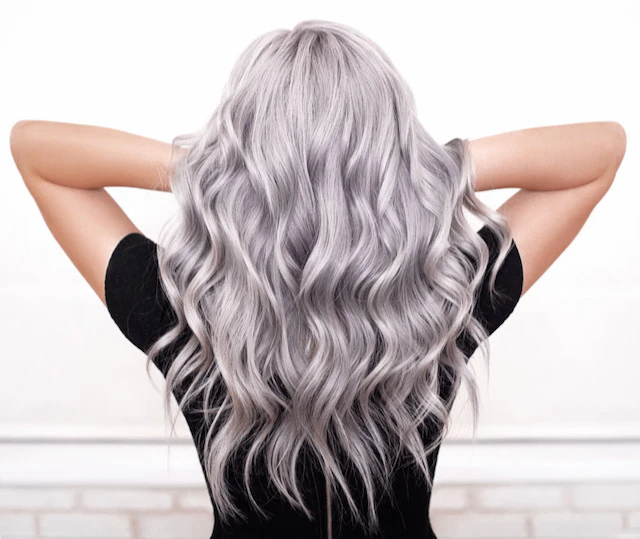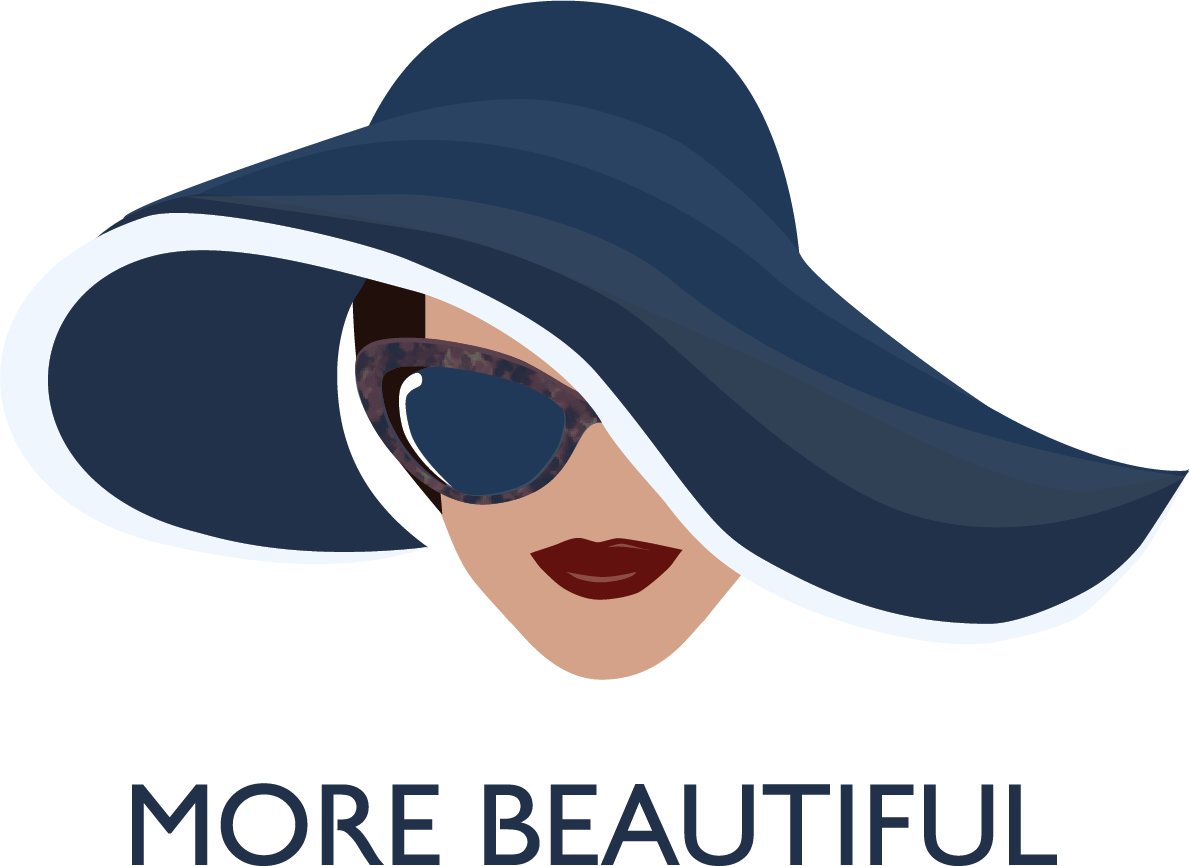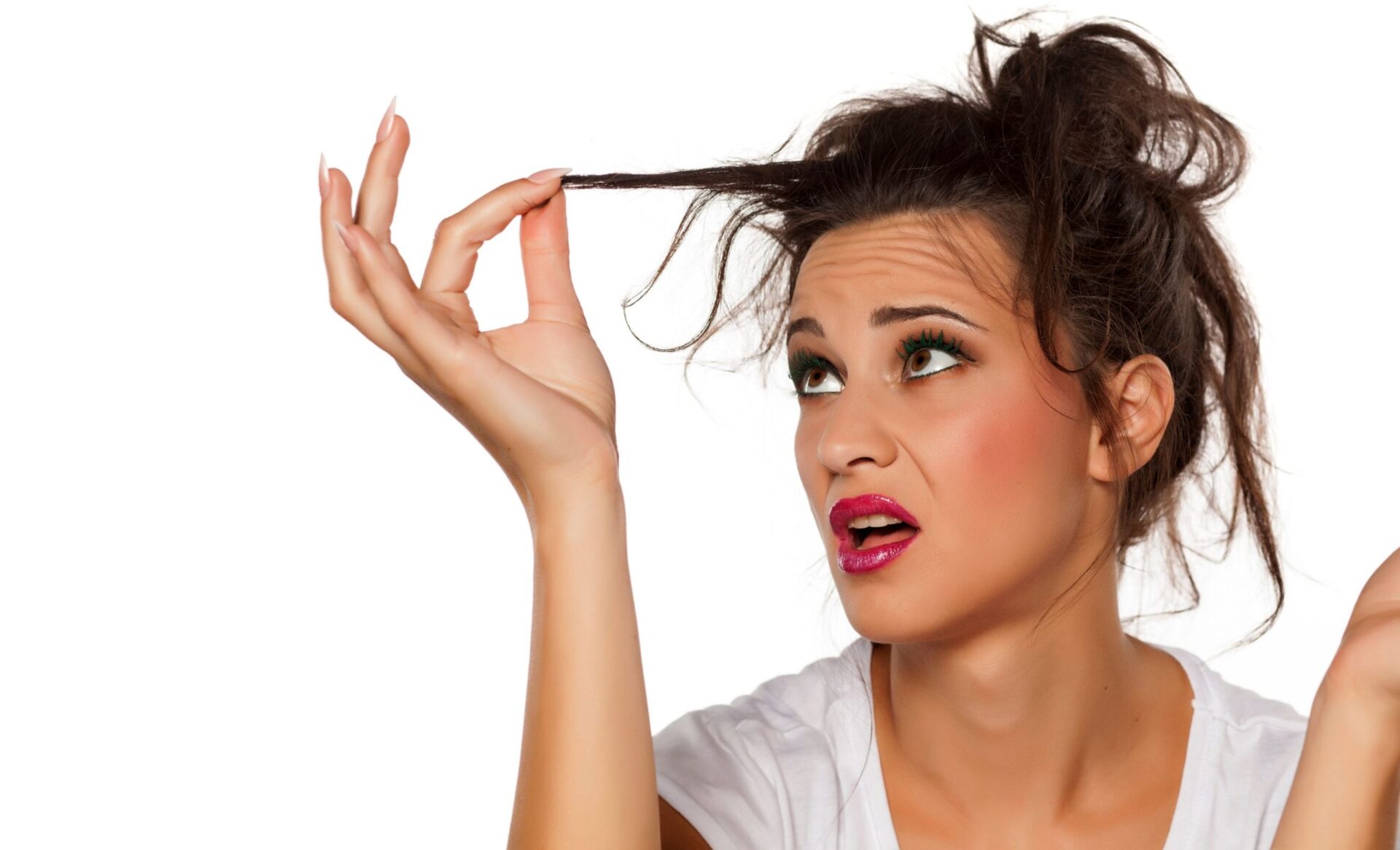
One of the telltale signs of midlife is the dreaded gray that begins popping up on your head—or, later, your eyelashes, eyebrows, and other regions I won’t name. When this happens, you can either run to the salon or simply shrug and let nature take its course.
Thanks to genetics, I’ve been contending with premature gray for more than two decades. My first white hairs emerged when I was in my mid-20s, and by 30 I was coloring my roots every few months. Perhaps because stylists back then would comment on “how young” I was to have gray, I never associated it with aging. But now that it’s coming in fast and furious, and I need to hit the salon every four to six weeks, it sometimes feels like I’m on a chemically toxic hamster wheel.
Our generation isn’t the first to run for cover. Hair color has roots (pardon the pun) dating back to Ancient Greece, when henna and kohl were used to disguise silver locks. In 1863, during an attempt to invent a cure for malaria, English chemist William Henry Perkins accidentally created the first synthesized dye. In 1907, Eugene Schueller produced the first chemical hair color for commercial purposes. He called it Aureole, but the brand would later become—you guessed it—L’Oréal. Clairol launched its first coloring shampoo in the 1930s, and two decades later created a DIY product women could use at home. By 1969, hair dye was so prevalent that the U.S. government ditched the “hair color” question on passport applications—after all, what was the point if few women were walking around with their natural hue?
By the final third of the last century, hair color had become a powerful tool for preserving one’s youthful appearance. The late Nora Ephron put it like this:
There’s a reason why 40, 50, and 60 don’t look the way they used to, and it’s not because of feminism or better living through exercise. It’s because of hair dye. [Hair color] has changed everything, but it almost never gets the credit. It’s the most powerful weapon older women have against the youth culture, because it actually succeeds at stopping the clock.
During the pandemic when salons were shut down, many of us had no choice but to stop coloring altogether. And really, it wasn’t so bad. I loved the time and money it saved, and appreciated the break from possibly carcinogenic chemicals. I felt cleaner, less burdened by beauty rituals. At the beginning of the lockdown, I used root touchup spray for Zoom calls, or wore a thick headband to disguise silver at the hairline. But a few months in, I gave up and began parading around with obvious roots, even showing off my silver like a badge of honor. I had six inches of gray regrowth by the time Katrina (the phenomenal stylist with whom I chat about gray hair on the More Beautiful Podcast) came to my house in late 2020 for a long-awaited house call. I hate to admit, as much as I enjoyed the temporary freedom from hair color, I felt like myself again after my hair was restored to its natural chestnut brown.
But really, what is natural? We still refer to the color we had in our 20s as our “natural color,” but that was the past. Our new normal may now be cocoa brown sprinkled with silver, or salt-and-pepper, or blonde tinged with white. If we are living life in the moment, we need to accept the current reality.
Apparently, a lot of women are. Many felt that embracing their gray during the pandemic was empowering—and decided to stop coloring for good. Even before COVID-19, the trend was gaining momentum. An increased number of celebrities and everyday ladies started flaunting the look around 2018, just around the time young women began playing around with gray hair color as a fashion statement. By early 2020, the silver-hair movement was trending big-time on Instagram, and now there are dozens of hashtags touting gray pride. Who knew so many of us would be forced into “going gray” shortly thereafter?
Could the stigma of gray hair—and the strong association it has with aging—finally be going away? I hope so.
Now there are dozens of hashtags touting gray pride.
Every so often, while sitting in Katrina’s chair, I muse about embracing my own gray and how liberating that would feel. Then Katrina explains what we’d need to do—trim my long hair as much as I can tolerate, maybe add some highlights as the silver grows in, wait for months and chop off more outgrowth as we go. Alternatively, she tells me we can bleach all the pigment out of my hair until it’s pale enough to absorb a fun color like purple—but that’s an expensive, time-consuming endeavor that might take multiple sessions at the salon. Suddenly, the process seems daunting and I’m already missing my brunette locks.
Maybe next year.
It is a hard decision that a girl must be ready for. But how to know you’re ready? When the benefits of holding on to your original hair color are outweighed by the pain-in-the-ass factor. If you don’t have the time, patience, money, or wherewithal to deal with monthly root touch-ups, it may be time to let go.
My current reality is that I visit Katrina every six weeks or so—something her witty personality and wry humor make enjoyable—and use those little cans of root touchup spray to get me through the last couple of weeks if I have an event. I condition a lot, wear an SPF spray to prevent fading, and thank God I still have hair on my head to color.
Joy in the little things, right?
Listen to my fun conversation with Katrina about going gray (or not).



